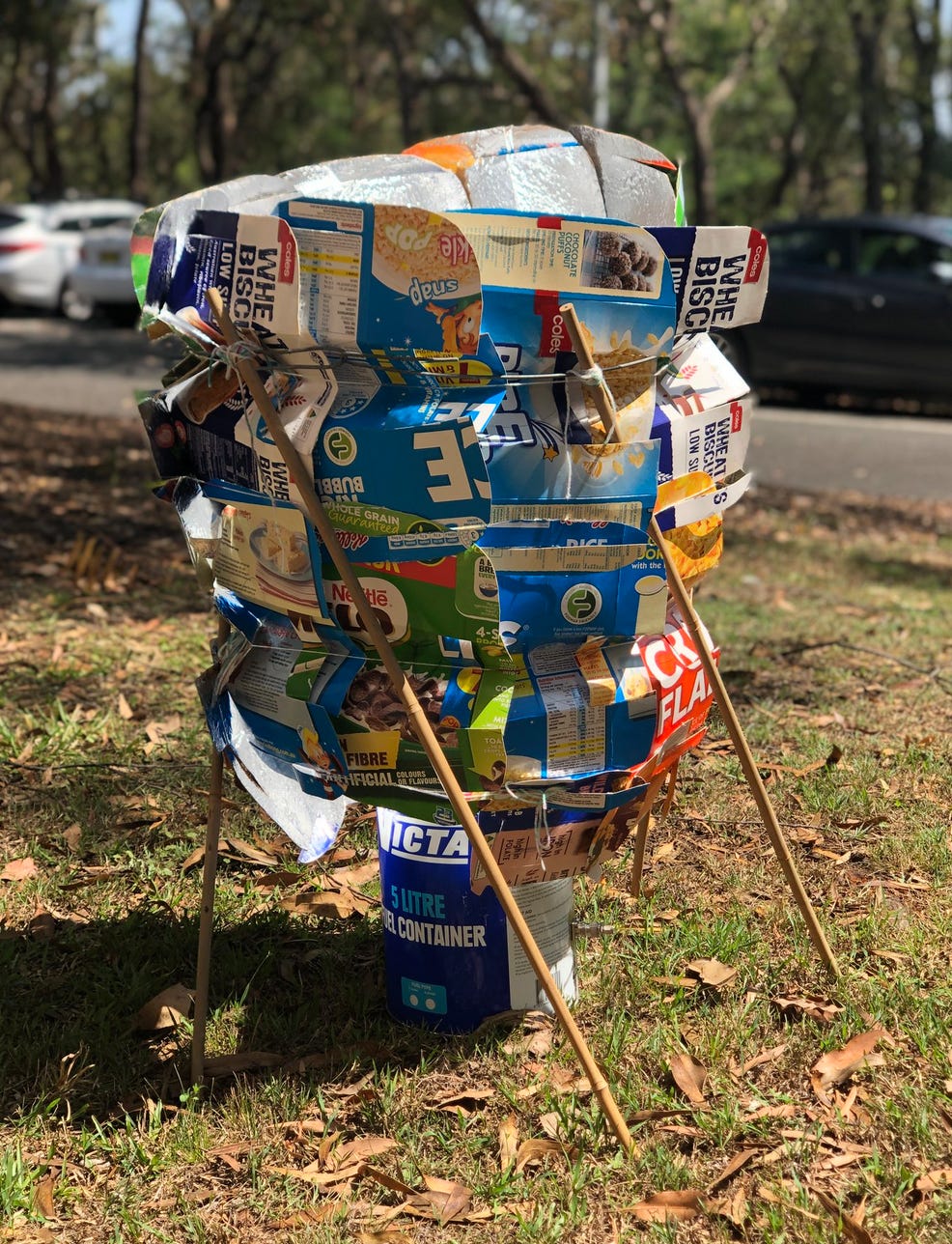There seems to be no doubt that there is an increasing rate of animal virus’ jumping to infect humans. These virus’ are very infectious and have a higher death rate than other typical human virus’ (SARS was 10% v the flu 2%). We will look at a couple of ways that technology can help in combating these infections. We will also aim for the stars and find out what iconic Sydney Sound has just featured in the Song of the Year.
Robonurse
No, this isn’t the latest superhero in the Marvel franchise, rather it is a new superhero in the medical field. During the SARS outbreak in 2003 a total of 32 medical professionals died due to contacting SARs whilst caring for patients. SARS, MERS and now ARDS (the most recent coronavirus outbreak) are highly infectious diseases and despite the greatest of precautions, mistakes can happen and medical staff can catch these deadly diseases.
One way to reduce the risk is to reduce the amount of time the medical staff need to spend directly with the patient. The staff at Providence Regional Medical Center in Everett, Washington are relying on a robot that can measure the patient’s vitals and act as a platform for video conferencing. The robot is very basic, little more than a platform on wheels with a built in screen, however it does have a stethoscope. The hospital updated its’ robotic quarantine system in response to the 2014-16 Ebola outbreak.

Whilst this model is crude it is a demonstration of how robotics will be able to assist with health care in the future.
Machines with Brains
In any outbreak of a highly contagious virus or disease, the earlier the warning of an outbreak, the better the chance of containing the contagion. The biggest issue though, is the reluctance of Governments to release pertinent information on a timely basis. This was a major problem during SARS where Government denials lead to panic and sick people taking the virus to all parts of the world.
Bluedot, a Toronto based startup is working to fix this problem. Their AI driven health monitoring platform analyses billions of data points on an ongoing basis. They were able to alert their clients to the most recent outbreak of a coronavirus on 31 December 2019, well ahead of notifications from the WHO and the US Centers for Disease Control and Prevention.
Bluedot uses natural-language processing and machine-learning techniques to sift through global news reports, airline data, and reports of animal disease outbreaks. Epidemiologists look over the automated results, and if everything checks out, the company sends alerts to its clients in the public and private sectors.

BlueDot tries to track and move information faster than the disease can travel. It correctly predicted where outside mainland China the Wuhan virus would land—Bangkok, Seoul, Taipei, Tokyo—after its initial appearance. The lesson we should take from this is that the data is out there. We just need to find the correct way to process and analyze that data and use it proactively.
Aiming for the Stars
The private space industry is starting to take off (pun intended). The rapidly growing number of rockets and satellites going into space need to be launched from somewhere. An enterprising kiwi entrepreneur has entered the space race and developed a rocket launching pad on the Mahia peninsula on New Zealand’s North Island.
Usually home to surfing beaches and snapper fishing the new spaceport is buzzing. The remote geographical location means they are able to launch more frequently. They have clear skies and seas, low levels of air and shipping traffic and one of the largest selections of launch angles in the world. NZ is now the world’s 4th largest player in this new industry. Last year New Zealand launched the same number of rockets as Japan, India and Europe.

This rocket was recently launched at Mahia. There are likely many more to follow.
Whilst we are talking about Southern Hemisphere innovation, an enterprising Aussie has developed a working Radio Telescope from cereal boxes, aluminum foil and a paint tin.

Using this instrument the inventor was able to determine the offset peak of the Hydrogen Line (1.420GHz) representing the cold Hydrogen gas found in the Milky Way Galaxy. Not all Telescopes need to cost $1Billion. You can find the full construction instructions on the Space Australia website here.
A familiar Sydney Sound wins a Grammy Award
If you listen carefully to Billie Eilish’s, Song of the Year, Bad Guy, you will hear a sound very familiar to anyone that has crossed the street at a set of traffic lights in Sydney. During a visit to Sydney with her Mum, Billie sampled the sound that is made by traffic lights to inform deaf people (and those of us with our heads stuck in our phones) of the don’t walk and the walk signals. They took it back the US and Billie’s producer brother, Finneas altered the speed and used the sound file in creating part of the hit song.
This interview with Rolling Stone explains how they did it.
Paying it Forward
If you have a start-up or know of a start-up that has a product ready for market please let me know. I would be happy to have a look and feature the startup in this newsletter. Also if any startups need introductions please get in touch and I will help where I can.
If you have any questions or comments please email me via my website craigcarlyon.com
I would also appreciate it if you could forward this newsletter to anyone that you think might be interested.
Till next week.


